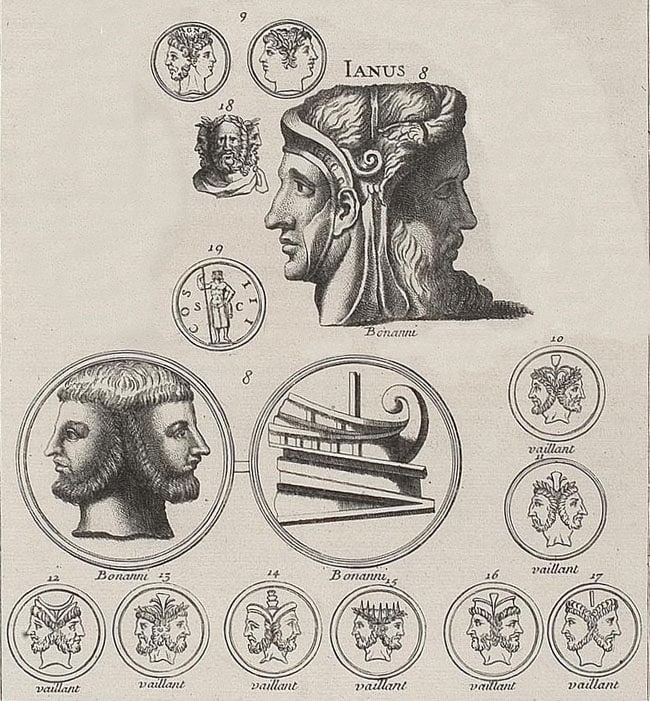The Gregorian calendar is what we use today to track the Earth’s journey around the sun, or to schedule a dentist’s appointment, or to figure out how many days we still have to work until the weekend rolls around. It was first introduced in 1582 by Pope Gregory XIII, and substituted the Julian calendar, which had been in use since the time of Julius Caesar.
Both calendars are practically the same, the Gregorian one merely aligned the calendar more accurately with the solar year, with the only difference being that every 400 years, one centurial year that would traditionally be a leap year, is now not a leap year. This correction was important to the Christian church as it affected the calculation of the date of Easter.
The adoption of the Gregorian calendar was not immediate worldwide, as different countries and regions took varying amounts of time to accept the new system. Catholic countries, under the influence of the Catholic Church, were among the first to adopt it. Protestant and Eastern Orthodox countries were initially resistant to the change. However, over the subsequent centuries, most of the world gradually transitioned to the Gregorian calendar.
Originally, the Roman calendar only had 10 months, before it underwent various reforms over the centuries, including the addition of January and February, leading to the 12-month system that is widely used today. Yet the Romans didn’t just bestow upon us the 12-month system; they also came up with the current names for each month, tying them to history, culture, and myths.
January, Ianuarius, is named after the ancient Roman god Janus, the god of all beginnings, choices, transitions, and endings. He is usually depicted as having two faces, one looking back at the old year and the other looking forward to the new. Thus, the month of January was considered a time for reflection on the past year and the setting of new goals for the future.
Temples dedicated to Janus were also numerous in ancient Rome, with the most famous being located in the Roman Forum. Its doors were kept open during times of war and closed during times of peace. Romans also believed that Janus’s presence at the beginning of the year could help ensure a smooth transition and favourable outcomes in the months to come.
February, Februarius, derived its name from a festival originally known as Februa, which means “purifications” or “purging”. The months of January and February were originally celebrated at the end of the year, instead of the beginning, so most of the observances during February also concerned the dead or closure. The Parentalia was another festival held in February by the Romans, in honour of family ancestors. Families visited the tombs of family members, offering food, wine, and other symbolic items as a form of respect and remembrance. During this time, marriages were forbidden, all temples were closed, and public worship of gods prohibited, in order to emphasise the importance of honouring the dead.
March, Martius, was named after Mars, the Roman god of war. It was originally the first month of the Roman year, and marked a return to the active life of farming, military campaigning, and sailing, following the winter. The term “march” itself has military origins, referring to the act of soldiers marching into battle.
April, Aprilis, likely comes from the Latin word “aperire” meaning “to open”. This most likely refers to the blossoming of flowers and trees as spring reaches its peak, opening the door to warmer months and renewed life.
May, Maius, gets its name from Maia, an ancient nymph of spring and growth. May is traditionally associated with fertility and abundance, as it marks the time when nature bursts forth in full bloom. Festivals dedicated to Maia were celebrated in various ancient cultures during this month.
June, Iunius, is named after the Roman goddess Juno. Juno was the queen of the Roman gods and the goddess of marriage and well-being. June was considered a favourable month for weddings in ancient Rome, and the association with Juno, the goddess of marriage, was believed to bring good fortune.
July and August were originally known as Quintilis and Sextilis, respectively. However, their names changed to honour two prominent Roman leaders – Julius Caesar and Augustus Caesar. July was renamed in honour of Julius Caesar, who was born during the respective month, while August was dedicated to Augustus Caesar, in celebration of his numerous victories.
The remaining months of the year, September to December, retain names derived from Latin numeric roots. September comes from “septem” meaning seven, October from “octo” meaning eight; November from “novem” meaning nine, and December from “decem” meaning 10. These names reflect the original order of the Roman calendar before the addition of January and February.
The months, each with their own unique origin and symbolism, carry echoes of a time when gods and goddesses were intertwined with the daily lives of the Romans and the cycles of nature. As we navigate the days, weeks, and months, not only do we follow a system designed to align with the Earth’s rotation around the sun but also to honour the enduring legacy that the Romans have left us.
|| features@portugalresident.com
Jay works for a private charter airline, and is also a UX designer and aspiring author who enjoys learning about history and other cultures




















